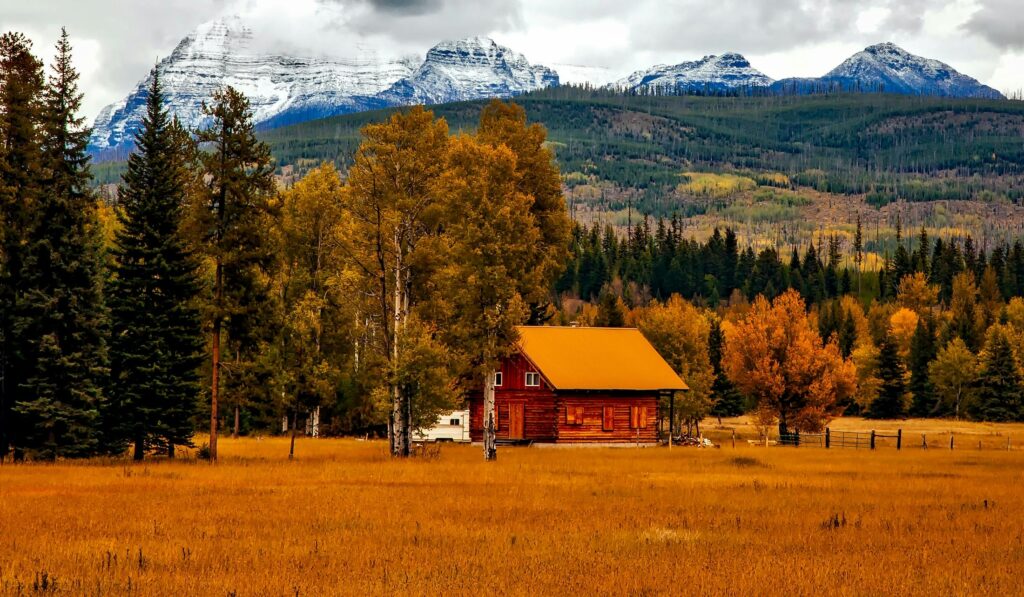The One, Big, Beautiful Bill (OBBB) has reshaped the Opportunity Zone (OZ) program in a way that opens the door for greater investment into rural America. With the new framework, Rural Opportunity Zones (ROZs) are now a central part of the federal tax code, offering enhanced benefits, clearer rules, and stronger incentives for investors willing to channel capital into underserved communities.
For those looking to combine meaningful impact with long-term financial gains, here’s what you need to know about how to qualify, invest, and stay compliant with ROZ rules.
What Are Rural Opportunity Zones (ROZs)?
Rural Opportunity Zones are designated low-income or distressed communities, identified using USDA guidelines, that now receive enhanced tax advantages under the OBBB legislation.
While the original Opportunity Zone program focused broadly on low-income census tracts, ROZs add a sharper lens: stimulating economic growth in rural towns and counties where capital investment has historically lagged.
Key Benefits for Investors
1. Permanence of the OZ Program
The OBBB makes Opportunity Zones a permanent fixture of the tax code. Unlike the old 2026 sunset date, investors now have long-term certainty to plan around.
2. Enhanced Rural Benefits
Investments in ROZs qualify for a 30% bonus depreciation, accelerating the timeline for cost recovery on qualifying property and equipment. This is on top of existing OZ tax incentives.
3. Traditional OZ Advantages Still Apply
Capital Gains Deferral: Investors can defer capital gains tax by reinvesting in a Qualified Opportunity Fund (QOF).
Tax-Free Growth: Gains on investments held 10+ years inside a QOF can be excluded from federal taxation.
4. Re-Designation Cycle
Governors must re-designate OZs every 10 years, creating periodic opportunities to refresh and adjust the zones that qualify. The current designations expire at the end of 2026.
How to Invest in a ROZ
To capture these benefits, an investor must invest through a Qualified Opportunity Fund (QOF)—a structured vehicle required by the IRS. Here’s how it works:
Realize a Capital Gain
Sell an appreciated asset (stock, real estate, business interest, etc.) and generate a capital gain.Reinvest Within 180 Days
Place that gain into a QOF within 180 days of realizing the gain.Ensure QOF Compliance
The QOF must invest at least 90% of its assets in qualified property or businesses located within a designated ROZ.Choose the Right Project
Eligible investments include:
Staying Compliant
Investors and fund managers need to follow strict IRS and Treasury guidelines to preserve tax benefits. Key compliance factors include:
90% Test: QOFs must hold 90% of their assets in qualified ROZ property.
Substantial Improvement Rule: Existing property must be doubled in value through improvements within 30 months.
Active Business Requirement: At least 50% of business income must come from active operations within the ROZ.
Annual Filings: QOFs file Form 8996 annually; investors file Form 8997 to track their eligible gains and elections.
State Considerations: Some states conform to federal OZ rules, others don’t—investors should review state-level tax treatment carefully.
Who Should Consider ROZ Investments?
ROZs are well-suited for:
Investors with large realized capital gains seeking tax deferral.
Families and businesses looking for tax-efficient diversification into real estate or operating companies.
Impact-oriented investors who want to pair economic return with community development.
Rural Opportunity Zones represent one of the most compelling evolutions in tax-incentivized investing. With permanence established, enhanced rural benefits available, and a re-designation cycle ensuring accountability, ROZs provide a unique chance to unlock value in communities that need it most.
As with any complex strategy, investor due diligence is essential—from selecting the right Qualified Opportunity Fund to monitoring compliance with IRS rules. Done properly, ROZ investments can create a win-win: supporting rural revitalization while building long-term, tax-advantaged wealth.




